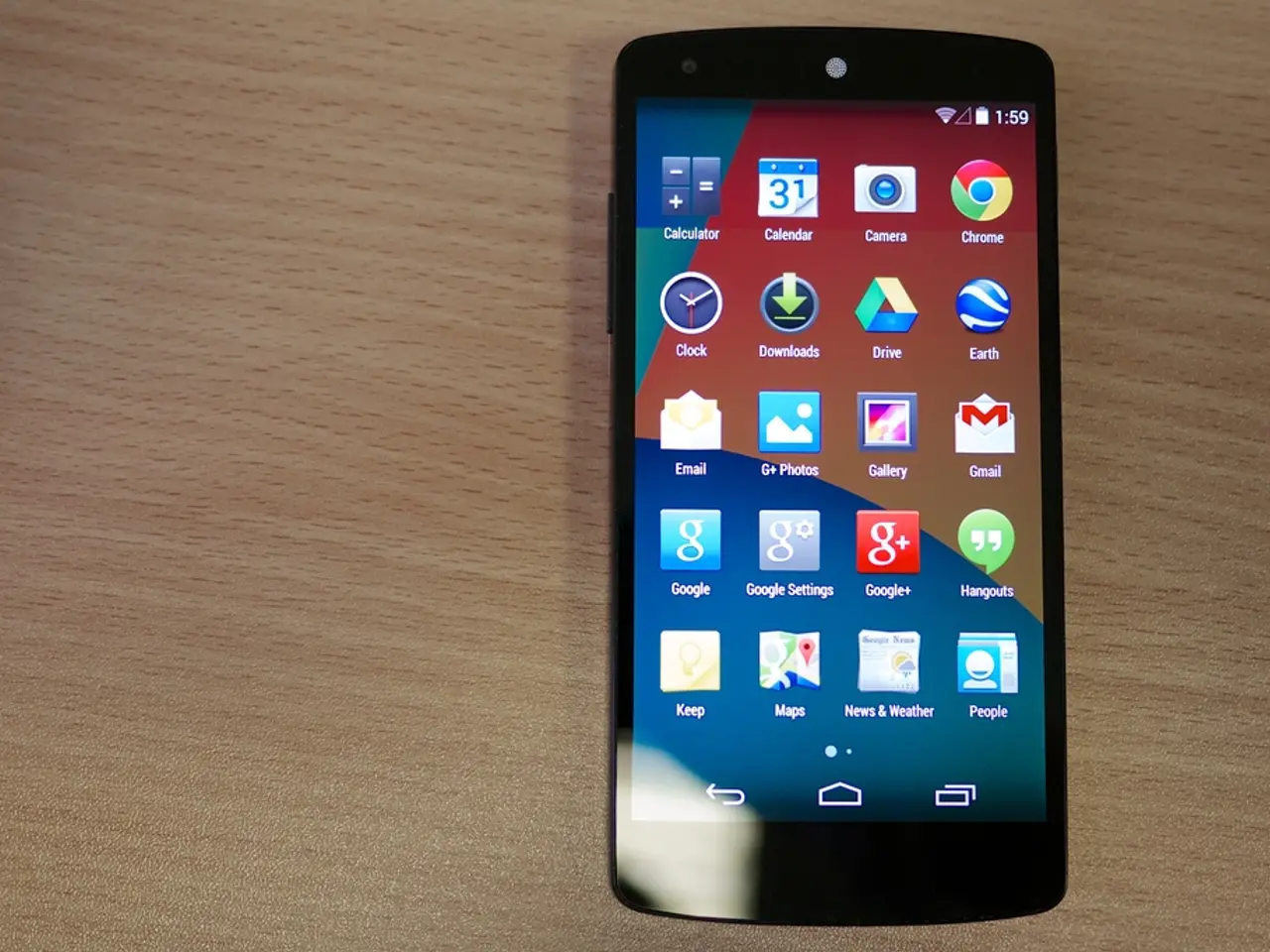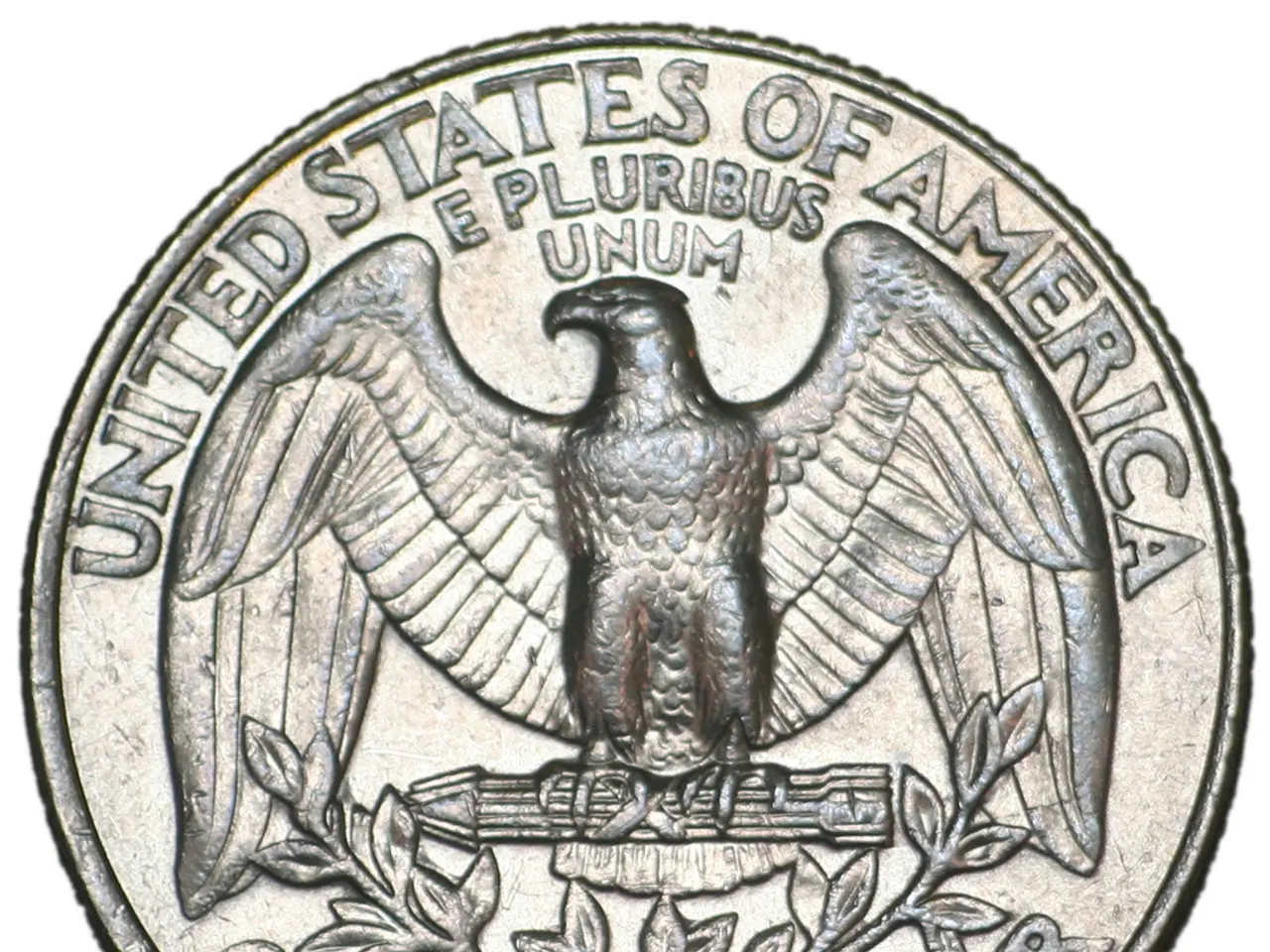Unveiling Key Strategies in Mobile App Feature Introductions Through Notable Walkthrough Examples
In the world of mobile apps, first impressions matter. Effective walkthroughs are crucial in helping users navigate new features and understand their value, all while minimising friction.
Most users don't dig around to find new features; they need just-in-time guidance. That's why top mobile apps introduce new features through walkthroughs, timing them contextually. They show walkthroughs when the user reaches a relevant point in the app, not all at once, to avoid overwhelming or annoying the user.
The key to successful walkthroughs lies in their contextual, event-based triggers. They appear based on user actions or screen location, feeling natural and supporting learning without interruption.
Clear, concise tooltips are another essential element. They explain one feature element at a time with short, focused tips, helping users digest information incrementally.
User-directed walkthroughs are also important. They allow users to skip or defer walkthroughs, respecting different user preferences and learning styles, and improving user satisfaction. Engaging call-to-actions (CTAs) are often used at the end of walkthroughs to direct users to try the new feature actively, increasing engagement and retention.
For urgent or critical feature introductions, modals are used. However, they should be used sparingly to avoid annoying users.
The language and design of walkthroughs should be simple, clear, and benefits-focused, while design emphasises primary actions with size, color, and placement for easy interaction on mobile.
Examples of effective walkthrough strategies can be found in apps like Salesflare and Notion. Salesflare offers an immediate choice to take a walkthrough or skip, using clean tooltips to guide first steps like importing contacts. Notion collects user goals upfront and uses pre-populated templates plus tooltip prompts to ease users into new features gradually.
It's important to use different formats for various user states and feature urgency, show walkthroughs after users build familiarity with the app, and reinforce features with a follow-up later, even if initially skipped. Trigger walkthroughs based on user intent, not just screen navigation, and avoid multi-step tours teaching multiple features at once.
Calm, for instance, introduces features like "Sleep Stories" the first time a user taps that tab, using animations, microcopy, and a smooth tap-through flow. Duolingo introduces new features only after users complete a few core sessions.
In conclusion, the most effective mobile app walkthroughs are timely, contextual, concise, user-directed, and visually clear, combining interactive elements with smart messaging to onboard users smoothly and drive feature adoption without friction.
The strategic use of walkthroughs in mobile apps can seamlessly educate users about new features, aligning with their current situation. For instance, Salesflare introduces its contact-importing feature immediately with a clear, user-directed walkthrough, while Notion gradually introduces users to new features by collecting their goals and using pre-populated templates. As technology evolves, so should the lifestyle of learning and self-development, ensuring each feature introduction is timely, contextual, concise, user-directed, and visually clear for smoother user onboarding and higher feature adoption rates.




